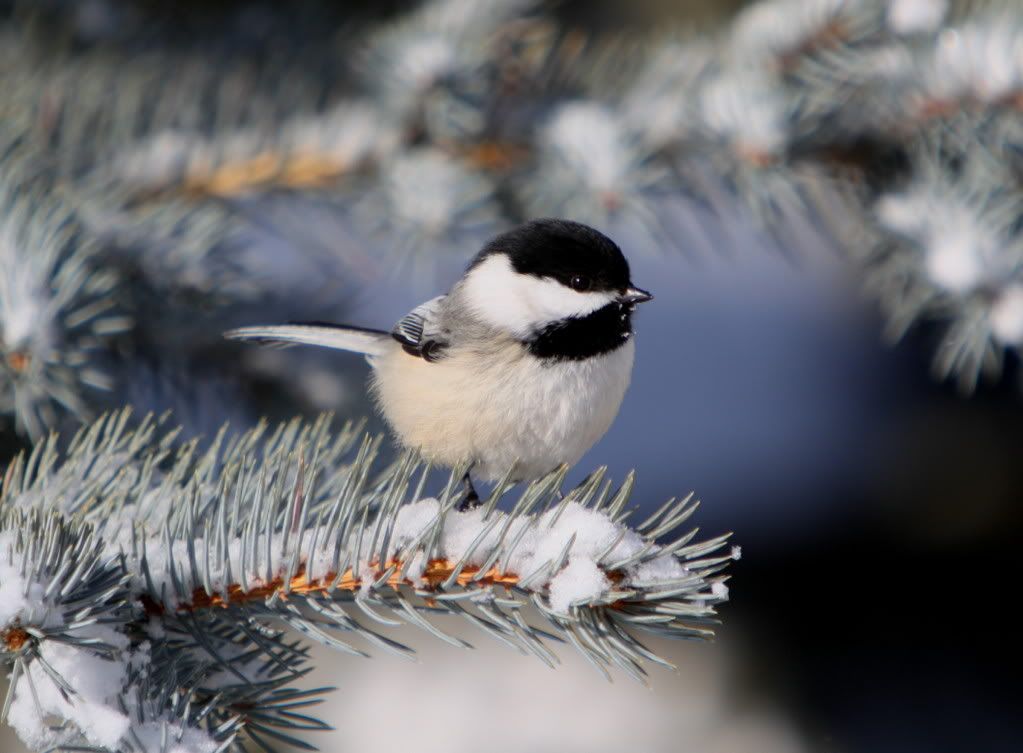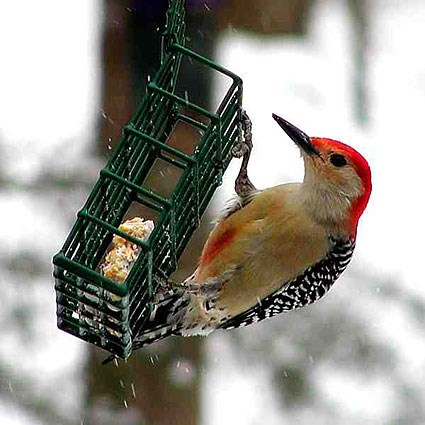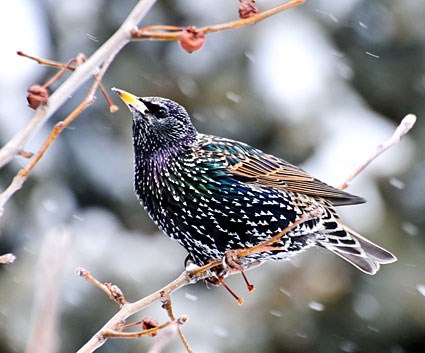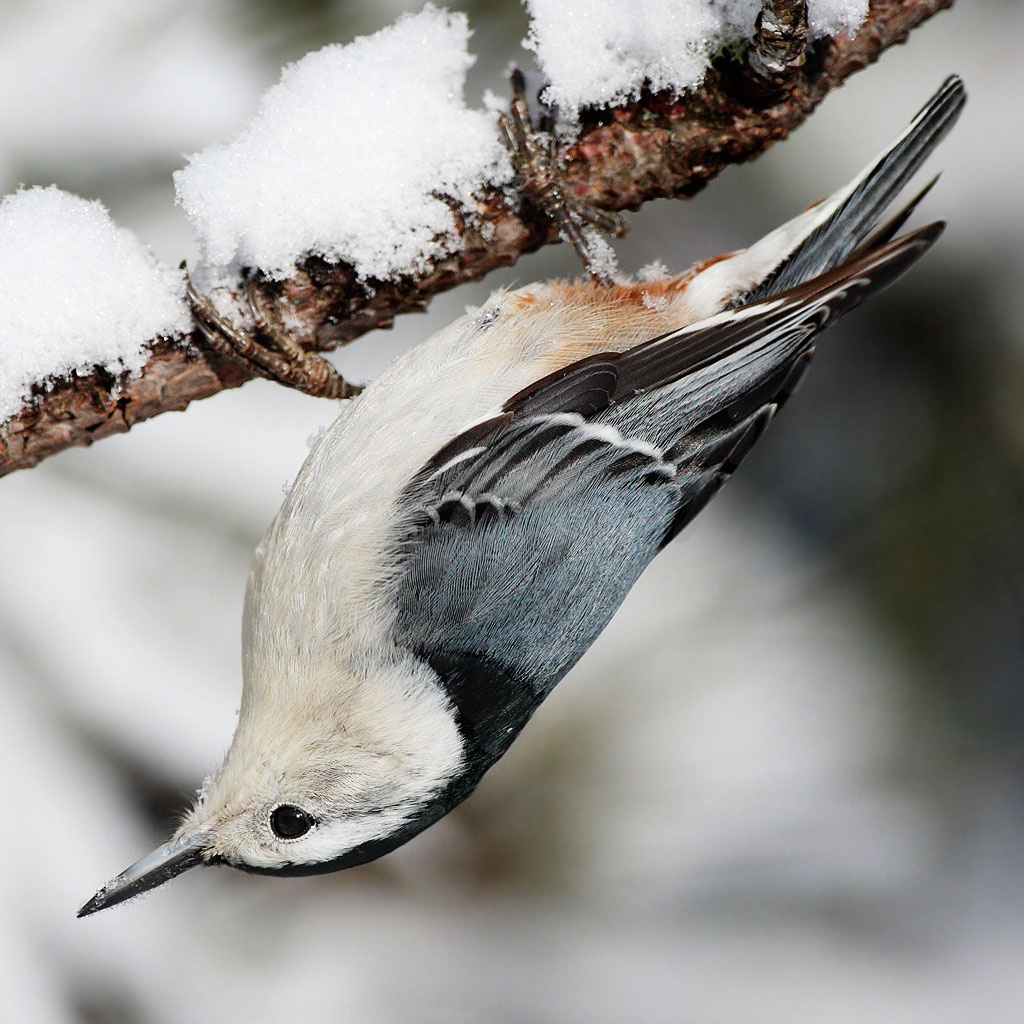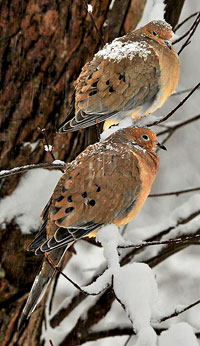UnderYourSpell
Gerund Whore
- Joined
- May 20, 2007
- Posts
- 15,794
Goodness knows-25
Only the hand of nature can safely unfold the petals of a rosebud.
Only the hand of nature can safely unfold the petals of a rosebud.
Follow along with the video below to see how to install our site as a web app on your home screen.
Note: This feature may not be available in some browsers.
